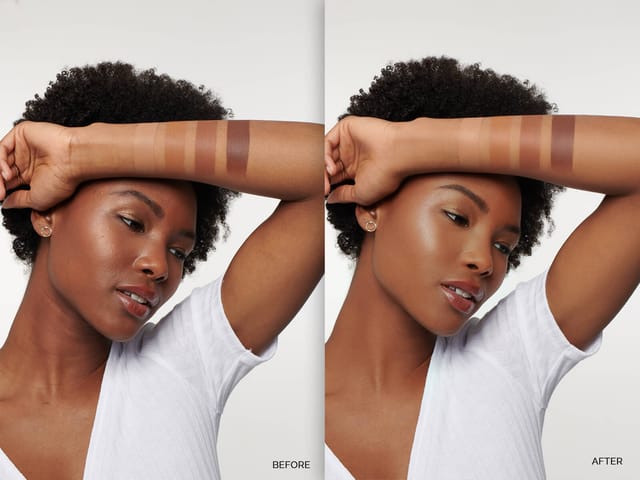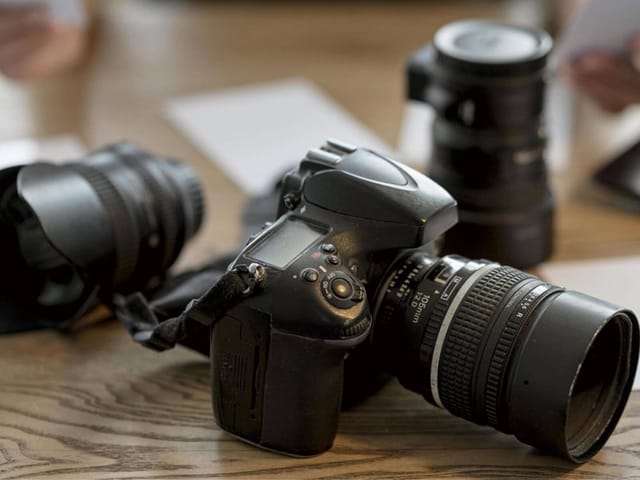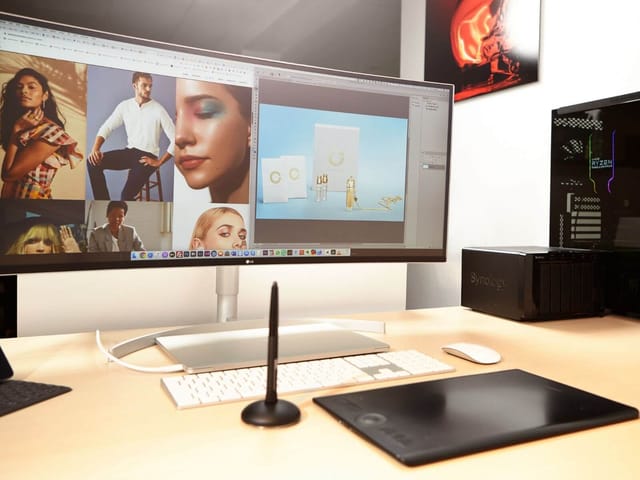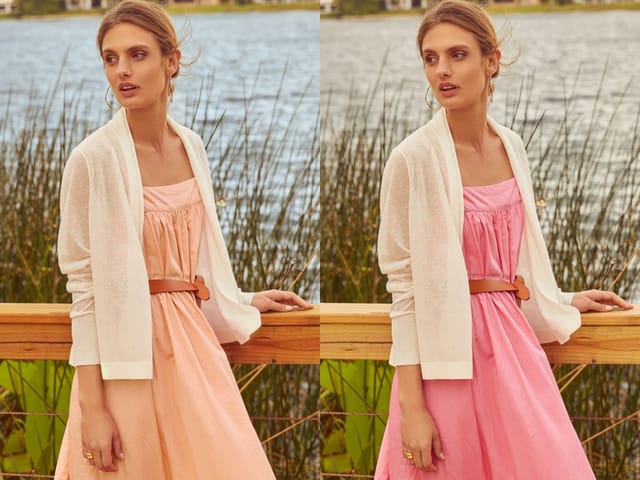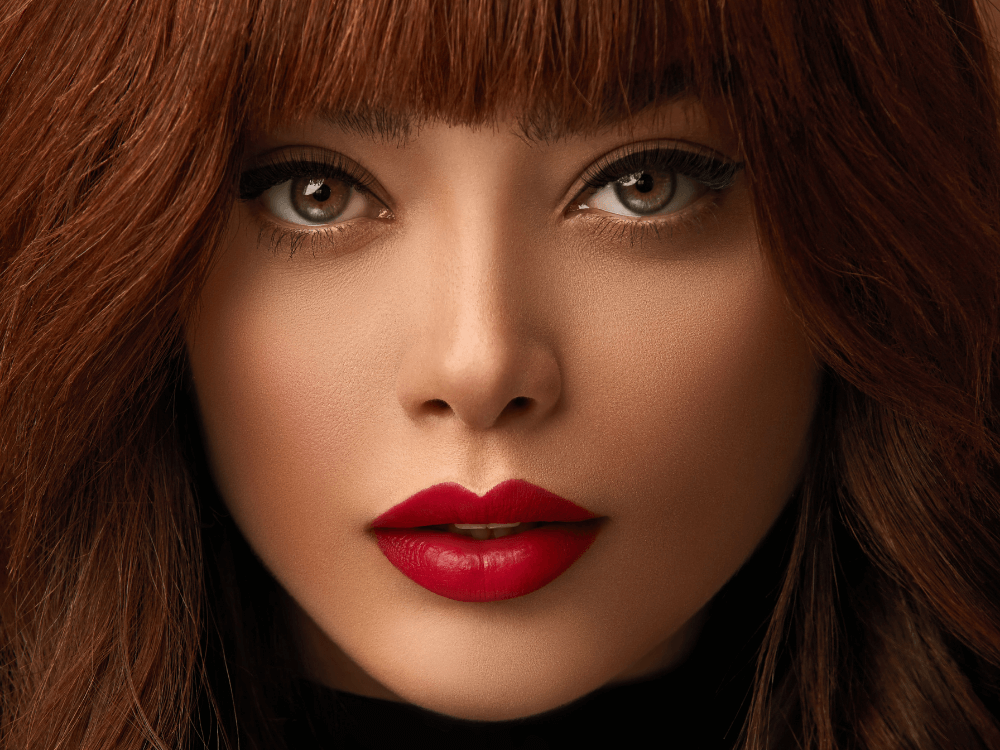
Last year, the global beauty industry was $483 billion, and it is expected to go up to a whopping $716 billion by 2025. Not to mention that the cosmetics industry has an average annual growth of 4.75% with no signs of slowing in growth.
If we look back, the most significant share of beauty products has been bought from brick-and-mortar stores, but that is about to change, as online sales are expected to become 48% of the total purchases by 2023.
ECommerce is becoming an increasingly important driver of sales for the beauty industry, so, inevitably, the need for quality product photography, make-up portrait photography, and high-end beauty retouching are also seeing a steady increase - especially as more and more brands and retailers are looking to expand the biz.
Today we’ll be looking at some tips and tricks to help an image editing expert create professional product photography for the beauty industry to boost eCommerce sales.
You need the perfect amount of lightning
If you get this step right, the second part (image editing) will be so much easier. Depending on the product and mood you’re after, you can use natural or artificial light.
Natural light can help you create crisp and bright photography by placing your product close to a window. A whiteboard will be helpful to bounce the light as needed, so you get even lightning and softer shadows.
Remember that natural light is highly influenced by weather and time of day, so artificial light should be your go-to if you need consistency in your beauty product photography.
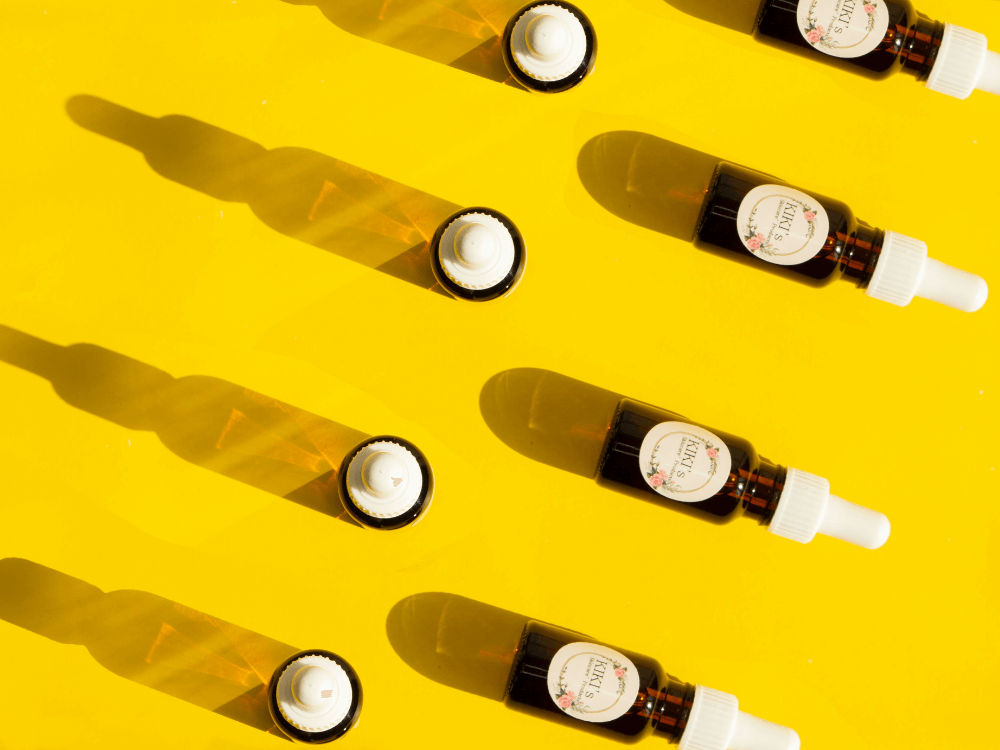
Photo studio light is a great idea because it offers you complete control over the light setup, angle, color, softness, and so on.
There are a variety of studio lights you can use for beauty product photography from speed lights to strobes, regular flashes, or softboxes to diffuse a softer light on your product.
A reflector is a tool that will come in very handy, as it will help you redirect harsh light and bounce it back to your product to soften the shadows and add flare.
DIY reflectors will work just fine if you don’t have other available equipment (for example, a white cardboard or aluminum foil can do the trick).

Consider the background
The background plays an essential role in product photography. Make sure you choose something that will complement the beauty products, not distract from them. The background’s only job is to help the main product shine. Consider things like the texture and the color of the background. For example, a white background will be great for beauty products with a reflective package, and black can convey luxury, and pastels are a fun way to create a mood.
If you shoot in a photo studio, you will have the flexibility to edit the background through photoshopping. The best idea, though, is to get it right from the start and avoid the hassle of removing the background later. If you do have to remove it, we recommend you try an automatic background remover like here.
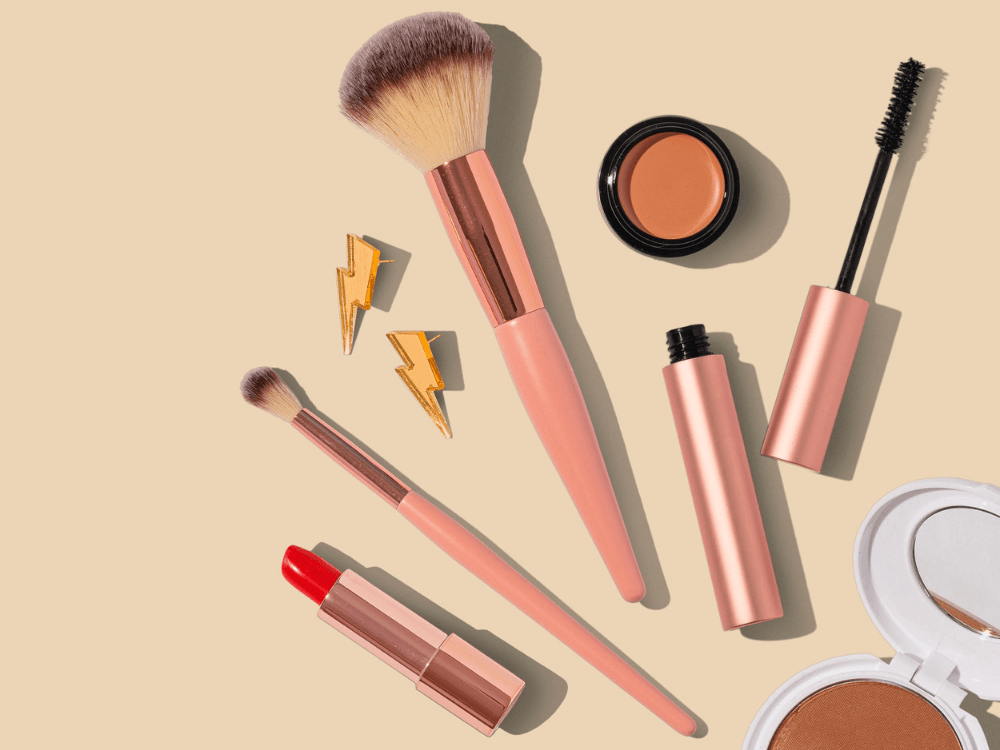
Elevate your product through angle and composition
Shooting from the right angles is also crucial to make beauty products look their best. For example, if you want your product to look imposing, you can try shooting from below the product.
The arrangement is also quite essential, so here are some ideas to try:
-
More items are acceptable in the composition for beauty product photography, especially if you want to showcase a palette or a collection.
-
If you want a challenge, try to recreate another brand’s style of product photography. You might be surprised by how much you will learn in the process.
-
Less is more. Sometimes, a minimalistic approach is a great idea, so don’t dismiss it from the start.
Also, we recommend you explore various composition techniques like leading lines, framing, and juxtaposition. Make the eye travel through your image to tell a story - and always remember to use composition and image editing to remove elements that might distract the user’s attention away from your beauty product.
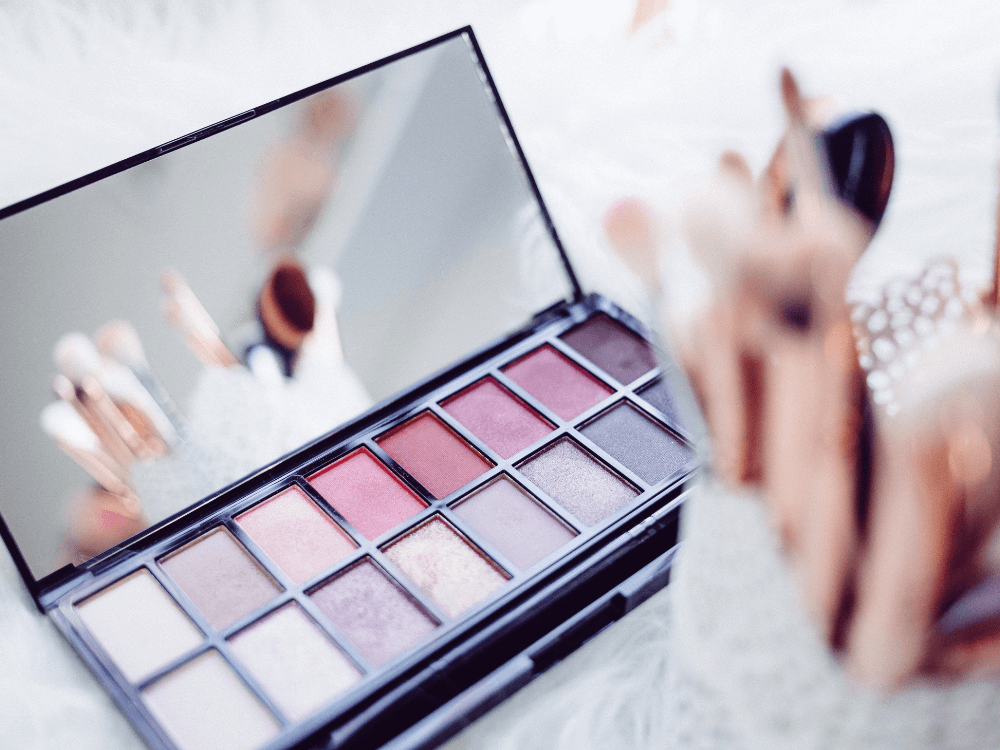
Pay attention to the details
Having a 100% clean product and no dust on the background are hard things even for very experienced photographers.
Paying attention to spots or blemishes on surfaces during the photo shooting will help you spend less time photoshopping later.
However, you will still need some image retouching post-production to get your images perfectly polished.
Use image editing to remove anything resembling dust or scratches, make contrast and color adjustments as necessary (remember that colors have to resemble the actual product).
Skin retouching is also a must for beauty portrait photography, but you can find more on that in a different article here.
If you’re looking for a high-end beauty retouch, you will need an expert in image editing, whether they are in-house or outsourced.
Compromising image retouching is never a good idea, as poor editing will make clients doubt the worth of the product, which might have a significant impact on sales.
If you require expert image retouching services for product photography or beauty skin retouching for advertising, we might be the team you’ve been looking for.
We can help you create flawless beauty product photography that will engage consumers and help you sell more. Learn more about our image editing services here.

